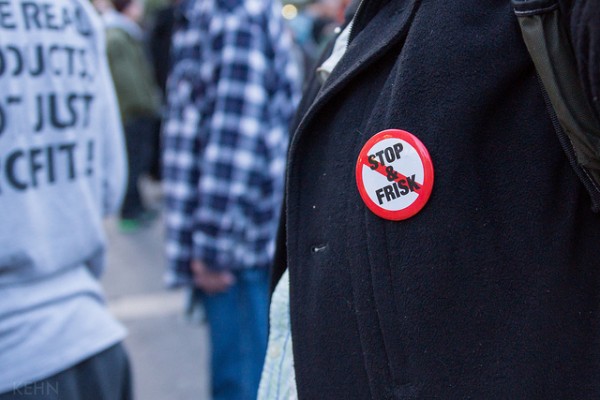
Incidents of extreme violence impact both the victim and the perpetrator, but they also affect the greater community in terms of things like increased fear of crime and negative impacts on child development. Johanna Lacoe and Patrick Sharkey detail another key mechanism by which the neighborhood social climate is altered by violent events: the increased interaction of law enforcement and community residents via stop, question, and frisk activity after a violent crime.
Using data from the NYPD on stop and frisk activity and homicide, as well as U.S. Census data on neighborhood demographics, the authors examine the relationship between neighborhood homicides and subsequent police activity. They find that block groups where a homicide is committed experience a 70% increase in stop and frisk events relative to the stop and frisk activity a week before the homicide. This association holds even adjusting for neighborhood characteristics, such as racial/ethnic composition and poverty rate, the time of year the homicide occurred, and the precinct responsible for the homicide response. Further, Lacoe and Sharkey find that the increase in stop and frisk activity is higher in neighborhoods defined as “high crime” (90% increase vs. 68%). However, the increased levels of stop and frisk in both “high crime” and “not high crime” neighborhoods is experienced predominantly in majority black and majority Hispanic neighborhoods. The researchers find no difference in stop and frisk activity before and after a homicide in predominantly white neighborhoods.
This study illustrates how both the violence a neighborhood experiences and the responses to that violence are disproportionately distributed within the city. Not only are communities of color more likely to experience violence in their communities, but they are also more likely to experience more stop and frisk activity that extends the range of the “crime scene” into the greater community.

Comments